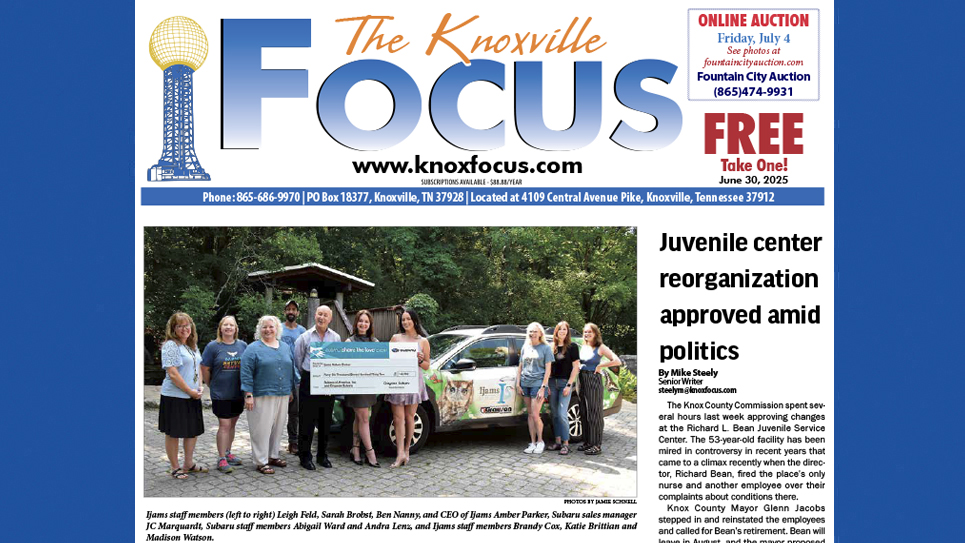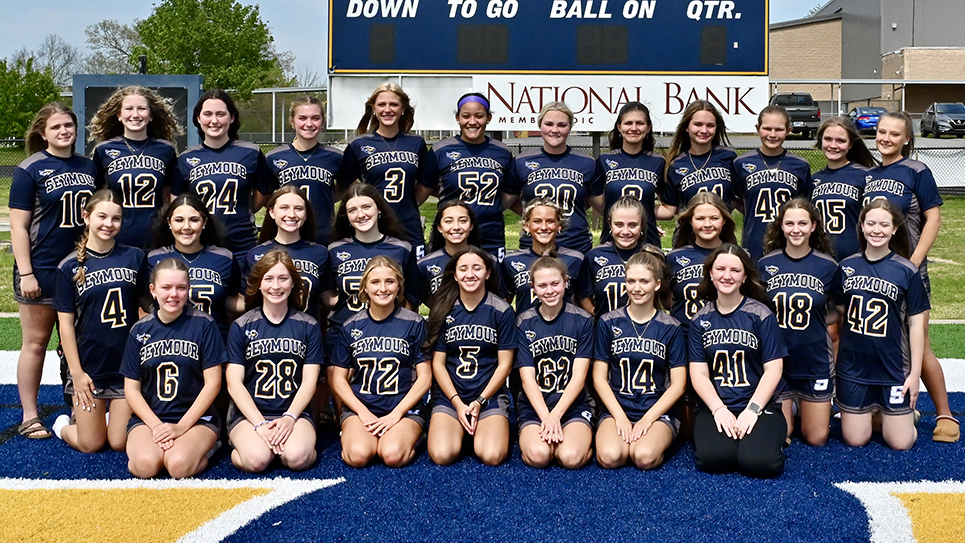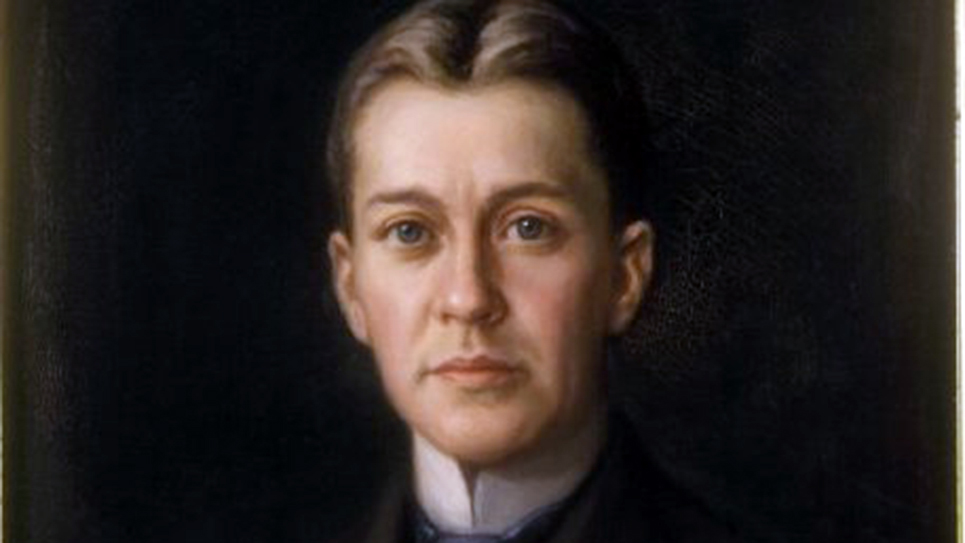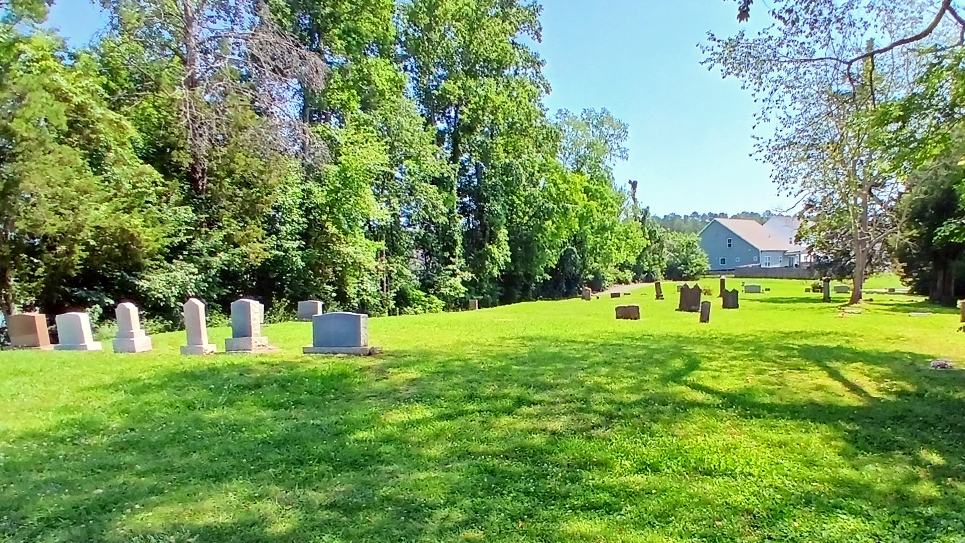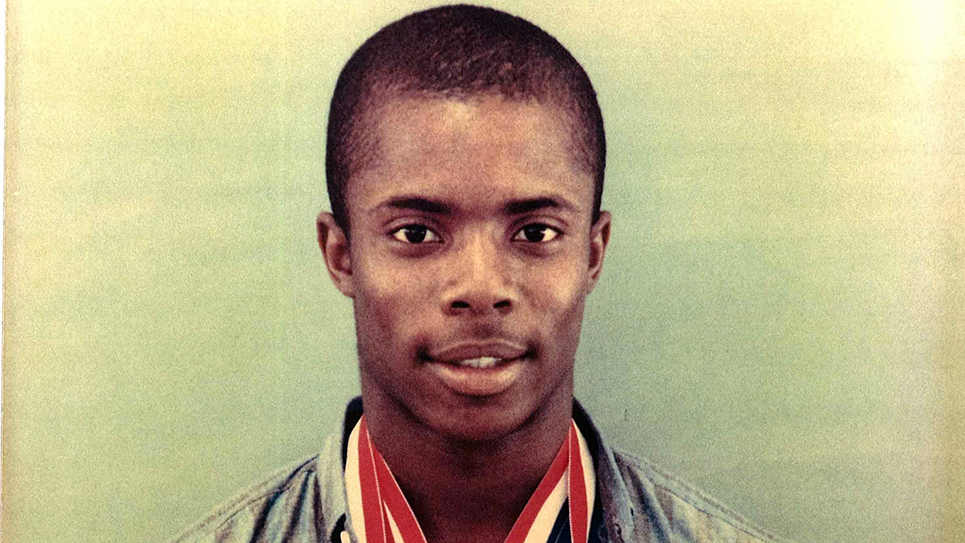Pond Gap is a University-Assisted Community School (UACS), operating in close association with the College of Education, Health, and Human Sciences at UTK. It was the first Community School in Knox County. UT hopes to add another UACS program at Inskip Elementary next year.
Last week the Focus visited the after-school program, and met with Pond Gap Community Schools (PGCS) Coordinator Mark Benson. We also had the opportunity to speak with Bob Kronick, professor of Educational Psychology and Counseling at the University of Tennessee who is responsible for pulling together grants and community partners to make the program work.
Like the Great Schools Partnership community schools, the UACS program is designed to address the unmet social, academic, and economic needs of the students and community of Knoxville. Based upon the belief that children cannot learn or apply themselves fully to their studies if they are abused, need medical attention, or need counseling for emotional problems, the UACS is aimed primarily at these community needs.
As a social psychologist, Kronick spent time as a consultant for the state department of corrections, working with youth at the Taft Youth Center and the first group home for adjudicated delinquents. But he wanted to find a way to catch these kids before they got into the corrections system. In 2005, while researching how to improve Title 1 schools in Knox County, he stumbled upon the community schools concept.
In 2010, Kronick joined with local businessman Randy Boyd and UTK to pilot a community school partnership with Pond Gap Elementary. According to the TN Department of Education, 90% of PGCS’s student body is economically disadvantaged, and a large portion of students are children of immigrant families from more than 20 countries, speaking 10 plus languages. 15% of students are English Language Lewarners. Students with disabilities comprise approximately 21% of the student population.
PGCS is open to students five days a week throughout the year. Approximately 100 of the schools roughly 320 students participate, and there are 70 more on a waiting list. The afterschool program runs from 2:45 to 6 pm, and includes academic programs as well as art, music, physical education, and circus arts. An optional dinner is provided from 6 to 6:30 at no charge, and is open to students and parents.
There are additional programs available from 6:30 to 7 p.m., including sports (basketball, baseball, softball, tennis, girls on the run), piano, choir, French club, science club, Mandarin arts; and a Saturday Science Club through UT’s Haslam Scholars program. The school also has a summer program, providing educational and enrichment activities for students in grades K-5 as well as some middle school students.
PGCS offers classes and workshops for parents and adults in the community, including GED, ESL, Spanish, and Mandarin Chinese classes, and financial planning and nutrition programs. During the fall and winter, a women’s boot camp fitness group with 50-60 participants from the community meets weekly. Benson stressed “We’re not giving handouts. We are providing programing that people can take advantage of if they want.”
The school hosts a 1/3 acre community garden, which students in the Land Scouts program help maintain. Families that volunteer two hours of work in the garden receive a box of produce to take home. The garden is self-sustaining, with proceeds from sale of produce to KCS reinvested to purchase seeds and supplies.
Mark Benson, the energetic community PGCS Coordinator hired by Kronick from Phoenix, AZ, has been with PGCS since 2010. He gave us a general overview of the program, and then took us out into the school to see the afterschool programs in action. Upon leaving the office, we met “Boss,” one of the H.A.B.I.T (Human-Animal Bond in Tennessee) service dogs. Each grade has a dog, which provides a non-judgmental listening ear to students learning to read, and a trusted friend to confide in.
We stopped by Ms. Colleen’s art class, as the students were getting ready to go outside with paint and poster board to create “splatter painting.” Next, we visited Ms. Ronda’s music class, where the children were singing a song saying “hello” in a multitude of languages, including English, Spanish, French, Mandarin, and more!
We stopped in an academic program classroom where students were completing worksheets, with Boss sitting quietly in their midst. Since it was TCAP week, the academic activities were fairly relaxed.
Benson explains that students are identified and invited to participate in the program for various reasons, one being the need for additional academic support. UACS teachers are able to take the academic subject material and present it in a different method which often times may help some students learn and retain the material more easily.
Mr. Roger’s PE class was outside, enjoying the beautiful spring day. We went downstairs to the cafeteria, where tables and chairs were pushed aside and several large gymnastic mats covered the floor. The circus arts program taught by Jake Weinstein and Ms. Christy is one of the cornerstones of the PGCS. Children are given a chance to learn new skills that encourages teamwork, self-worth, character development and independence.
Kronick is proud of what he has helped build in Knoxville. He said, “nobody that I’ve met, from Portland to Cincinnati to Philadelphia to New York does anything better than we do.” In an era of record resignations in the teaching profession, Pond Gap has lost only 5 teachers in five years.
He has aggressively sought funding from grants, and local partnerships. The PGCS program costs about $120K annually, and provides services for around 100 kids for 48 to 49 weeks out of the year. There are 15 paid staff members, and numerous volunteers from the community, UT, Pellissippi, high schools including West and Webb, and local churches.
The UACS program has resulted in improved academic scores, decreased disciplinary issues, and improved attendance rates for the students involved. More importantly, the program at Pond Gap has instilled a sense of self-worth and confidence for both the student and the family, which strengthens the community and preserves the neighborhood. More than vouchers, charters, year round school or balanced calendar, Community Schools meet the needs of the students right where they are, every day.

